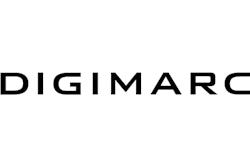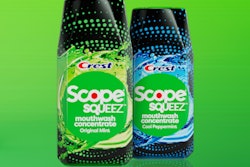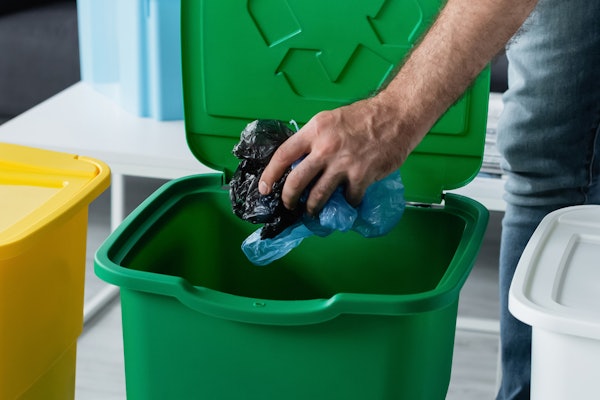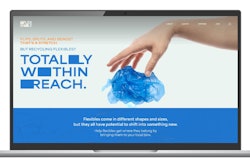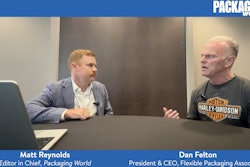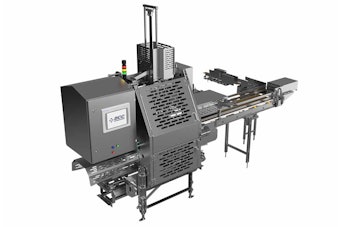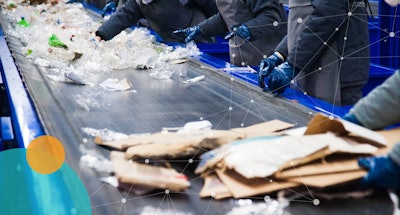
In Europe, where extended producer responsibility (EPR) is widely established, and the EU’s Proposal Packaging and Packaging Waste (PPWR) and UN regulations (INC-2) are on the horizon, circularity in plastic packaging is more than a purpose-led mission. It’s becoming a business imperative since economic penalties are expected to be levied on brands who don’t use the amounts of PCR prescribed by the EU (30% by 2030).
“Now there’s acute pressure from all angles—legislative, economic, consumer demand, and self-imposed sustainability targets—for brands and producers to reduce the impact they’re making on the planet with regard to plastic packaging,” says Sam Favager, senior product manager, Digimarc. “Digital watermarking is a proven technology to address this problem, with consistent, excellent performance across all common plastic types, form factors, print and manufacturing processes, and is ready to be implemented at scale. We're excited to work with our partners to ramp up adoption of the technology.”
Brands can implement digital watermarking by embedding a specialized code, often imperceptible to the human eye, across as much surface area of a package or label artwork as possible. Linked to this code, in the cloud, is data including the provenance, composition, and material information about the package that it carries throughout the lifecycle, including after disposal. This code can be detected by high-definition cameras and Digimarc detection software in the sortation process at recycling facilities. Upon detection, the system can read the information embedded in the code, ensuring accurate, granular sortation for any criteria specified by the facility operator. The result is greater volumes of cleaner, higher quality PCR that help the market work toward price parity with virgin plastic and create new PCR end markets that didn’t previously exist. This is a huge value creation opportunity, and one that Favager says is essential for brands and producers to meet their targets by carving out a new plastic economy.  HolyGrail 2.0 demonstration on Jan 30, 2023 in Pertuis, France.
HolyGrail 2.0 demonstration on Jan 30, 2023 in Pertuis, France.
Driven by AIM (European Brands Association) and backed by the Alliance to End Plastic Waste, over 160 companies and organizations from the complete packaging value chain have joined the Digital Watermarks Initiative HolyGrail 2.0. Among them is Digimarc, and Favager who kindly spoke with me after hours in London about promising news related to the project. HolyGrail aims to assess whether digital watermarking can, at scale, enable better sorting, higher-quality recycling rates, and better, more competitive end markets for PCR.
Two big pieces of news on HolyGrail 2.0 indicate that the project is well on its way, past Phase One (prototype development) and Phase Two (semi-industrial testing) and now firmly in the third and final phase, validation at industrial scale. Building on successful semi-industrial trials, stakeholders across the packaging value chain selected France as the European pilot market for Digimarc Recycle. France has a unique combination of factors in its favor, not least among them a strong and supportive PRO (producer responsibility organization) that manages funding and collection schemes for EPR. France has been practicing some form of EPR since 1975, so the political will is there. Large CPG brands play heavily in the French market, and several call France home. And finally, France is a big country—by itself it represents an order of magnitude jump in scale. All facility operators in France have been invited to participate, an expansion in activities that had been limited to HolyGrail 2.0 members.




